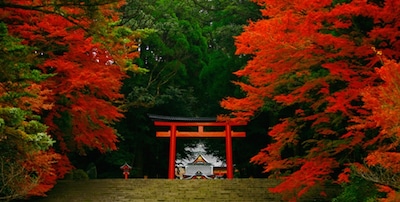
5 Kyushu Shrines You Can't Miss
Shinto shrines can be found just about everywhere in Japan. But shrines in Kyushu are special, because Kyushu is, according to legend, home to the first places where the Shinto gods descended to Earth.


Shinto shrines can be found just about everywhere in Japan. But shrines in Kyushu are special, because Kyushu is, according to legend, home to the first places where the Shinto gods descended to Earth.
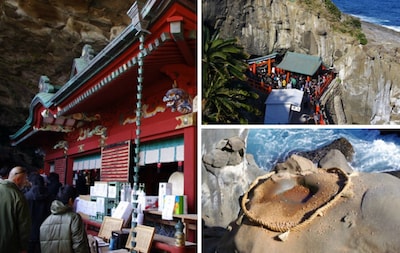
Udo Shrine in Miyazaki features a fun way to gain some good fortune!
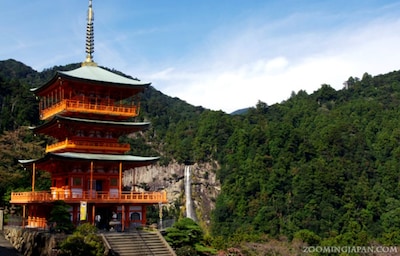
Winding through the Kii Peninsula, these are the only UNESCO World Heritage pilgrimage trails in Japan.
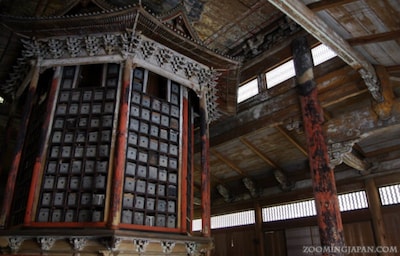
Located in Otsu City, Miidera Temple is one huge National Treasure!
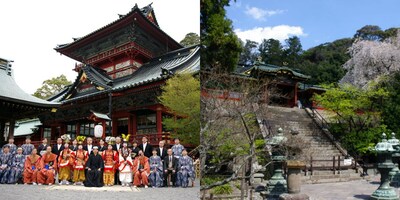
Shizuoka Prefecture houses the oldest Toshogu shrine in Japan, where shogun Tokugawa Ieyasu was laid to rest before being moved to Nikko. The shrine still contains part of his spirit.
These five videos will instantly transport you to some of the most vivid temples and shrines in Japan!
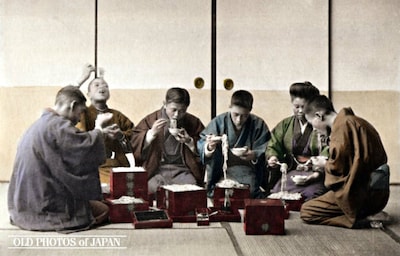
Ever wonder what New Year's would be like in Japan at the turn of the 20th century? Thanks to photographer Kozaburo Tamura, we can take a glimpse into New Year's past!
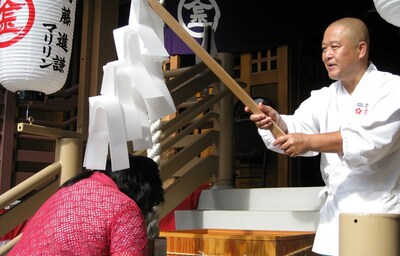
You can't go wrong visiting your local shrine in the first three days of the New Year to pray for a healthy and prosperous year. But if you're going to go out, why not go big?
